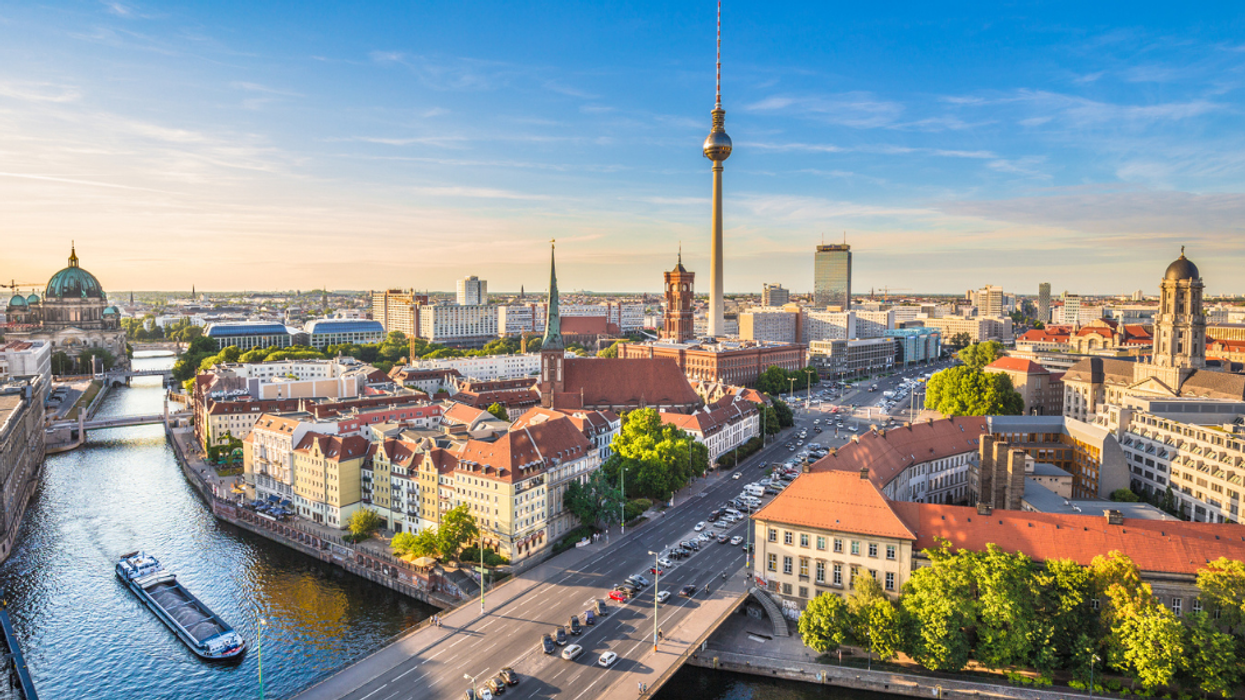Kevin Frazier will join the Crump College of Law at St. Thomas University as an Assistant Professor starting this Fall. He currently is a clerk on the Montana Supreme Court.
Jane Doe taught public school in Texas. She lived in Dallas with her husband, John, and their three kids. They lived a pretty good life but cracks in their collective well-being started to emerge. First, Jane no longer felt supported in her role -- curriculums changed, parents raged, and students disengaged. Second, John tired of debating politics, defending positions, and detailing to his kids why change wasn’t on the horizon. So, the Does traded football for futball and moved to Berlin, Germany. In doing so, they discovered America…only twenty years from now or so they hope.
I grabbed dinner with John in his new home of Berlin. Over veal meatballs he explained why America has so much to learn from Germany and why it ought to learn such lessons sooner than later.
First, John outlined the willingness of Germans to embrace their troubled past. He explained that Germans, though several decades later, have acknowledged that many, if not most, of their forebears were passive or active perpetrators in oppressing religious, social, and political minorities. Additionally, Germany has deliberately and extensively documented and memorialized their persecution and extermination of those populations.
John pointed to the “Stumbling Blocks” throughout Berlin, Germany as a whole, and Europe as an example -- these 4cm by 4cm bronze blocks lie outside of the homes of those who were forcibly taken and murdered throughout the Third Reich - each block identifies the residence and notes how and where they died. In comparison, John noted that his kids grew up with insufficient awareness of America’s own history in the enslavement and elimination of minority groups throughout its history.
Second, he explained the global perspective and lived experience of Germans. John detailed that although Berlin has a housing crisis like many U.S. cities, the community stepped forward in a big way to make sure refugees of the war in Ukraine could find shelter, comfort, and support. He also corrected the assumption of many Americans that Germany is a homogeneous place-- Nearly 20 percent of people living in Germany were not born there. With four kids in tow, John is keenly aware of the importance of introducing them to all the diversity Germany and, of course, Europe as a whole has to offer.
Third, John touted the adoption and respect for human rights demonstrated by the German public, government, and many other parts of the European Union. This point was of particular importance given his daughter’s recent transition from identifying with their assigned gender at birth. According to John, she likely would not have made such a transition or at least with as much support if she had attempted to do so in the United States. My own travels reaffirmed John’s observations - the EU flag flies prominently throughout Berlin and serves as a constant reminder that EU residents have made a commitment to celebrate the freedoms and protections to which every individual is entitled.
After each of us had finished our meatballs and bonded over even meatier topics, I couldn’t help but ask John when he planned to return to the States. He shrugged. Financially, he felt compelled to stay - his four kids could receive a free higher education here. As a parent, he felt a responsibility to expose his kids to Europe’s panoply of cultures, perspectives, and histories as well as to allow them the freedom to grow up in a place more welcoming of their ideas. As an American, he felt torn -- recognizing his desire to help the United States learn what Germany seems to have already picked up, albeit in fits and starts.
According to John, no German would tell you they have fully learned from the nation’s past; no German would pat the nation on its back for the progress it has made; and, no German would claim the people have fully sorted out how to deal with the tension of being a global, multicultural society that still retains a shared set of ideals. But, John makes a compelling case that Americans can and should look across the Atlantic to see how others are responding--often with great poise--to issues already on America’s doorstep.
I hope John returns. But more than anything, I hope those who travel abroad come home with more than Starbucks cups from their favorite city--America does not have a monopoly on good ideas, which means that we can and should engage in an exchange of ways to advance individual and communal well-being.


























